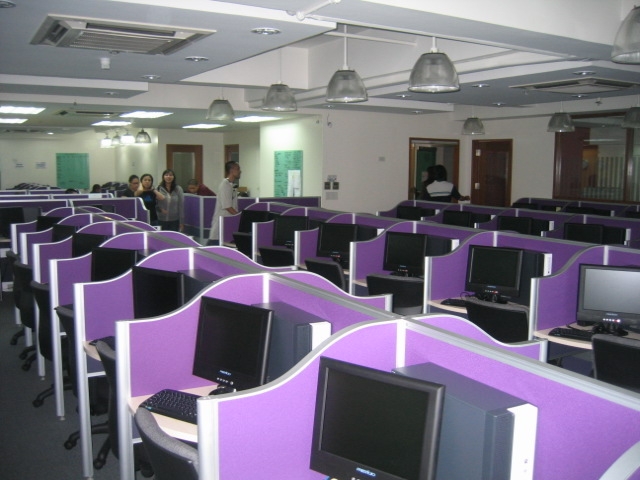This is the third post of a three–part series on small- and medium enterprises. It is a two-part post.
[youtube=http://www.youtube.com/watch?v=6Z66wVo7uNw]
A month ago, I attended a conference in Manila sponsored by the Microfinance Council of the Philippine Islands. I wrote briefly about the level of cooperation among the participants, but have yet to share what I learned. The conference – titled “Operationalizing Social Performance Monitoring (SPM)” – brought together a dozen microfinance institutions (MFIs) and lenders from across the country to discuss best practices for focusing on the social mission. In the microfinance world, theoretical solutions to problems, like how to focus on the poor and remain financially sustainable, are often incompatible with the nuanced realities on the ground. This gathering offered a chance for MFIs to share what has worked and what has not, so that the microfinance community at large can be more effective at addressing poverty alleviation in the Philippines.
The keynote speaker, Prof. Ron Chua, functioned more as a facilitator and moderator than a lecturer. He asked the MFIs to present a specific social goal and discuss the measures each would take to achieve it. One nameless participant set an organizational goal of transitioning 30% of existing clients from micro-enterprises to SME (small- to medium enterprise) within five years. They presented a laundry list of programs designed to aid in this process. The underlying assumption behind each of these measures is that financial services (microcredit) must be complemented by the provision of non-financial services, including business development and support services and integrated community development. Provision of financial services alone is not enough to bring people out of poverty. This exhaustive list addresses all of the key issues in moving a client out of poverty. I will present the first six here, and the remained six in the next post. Continue reading

